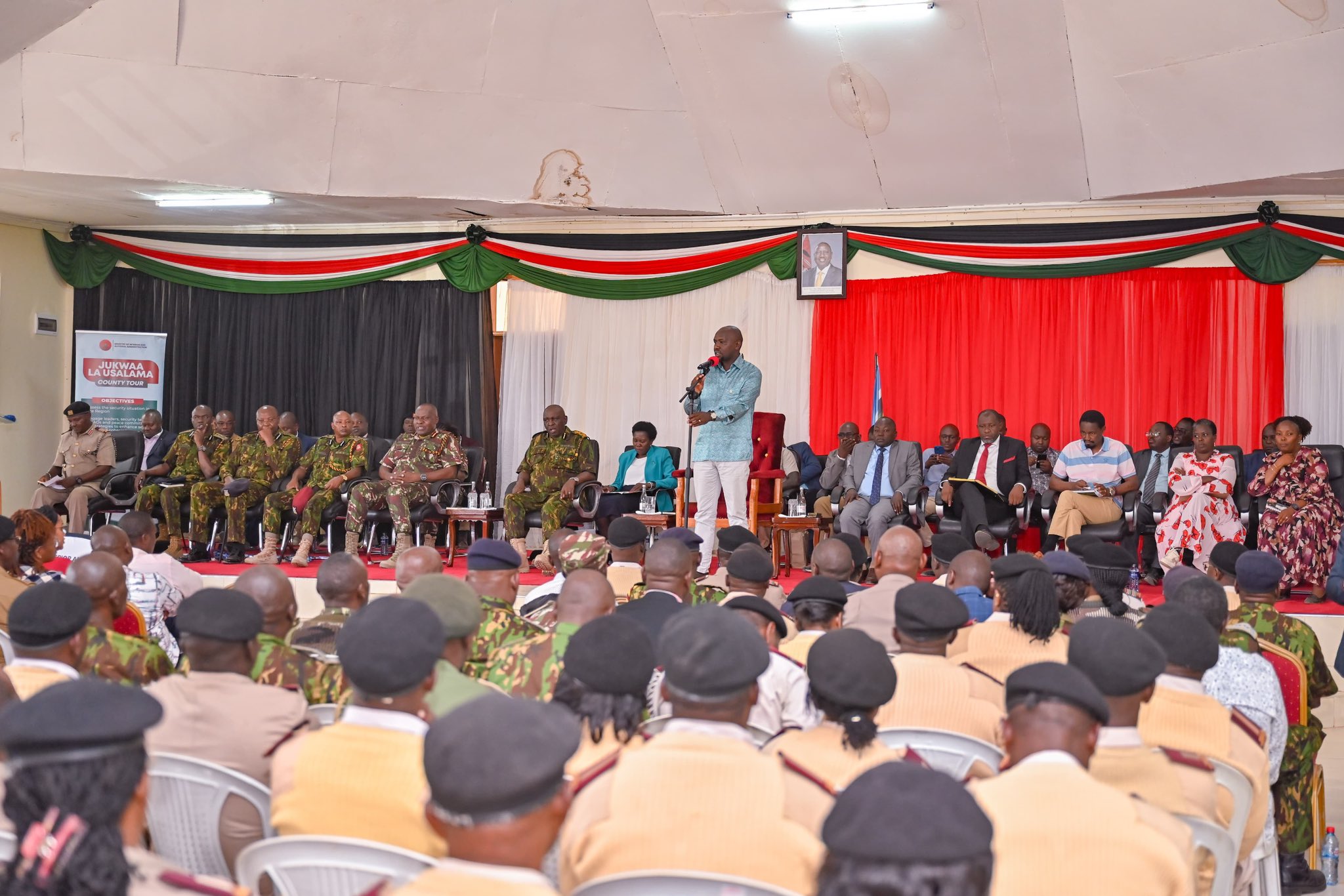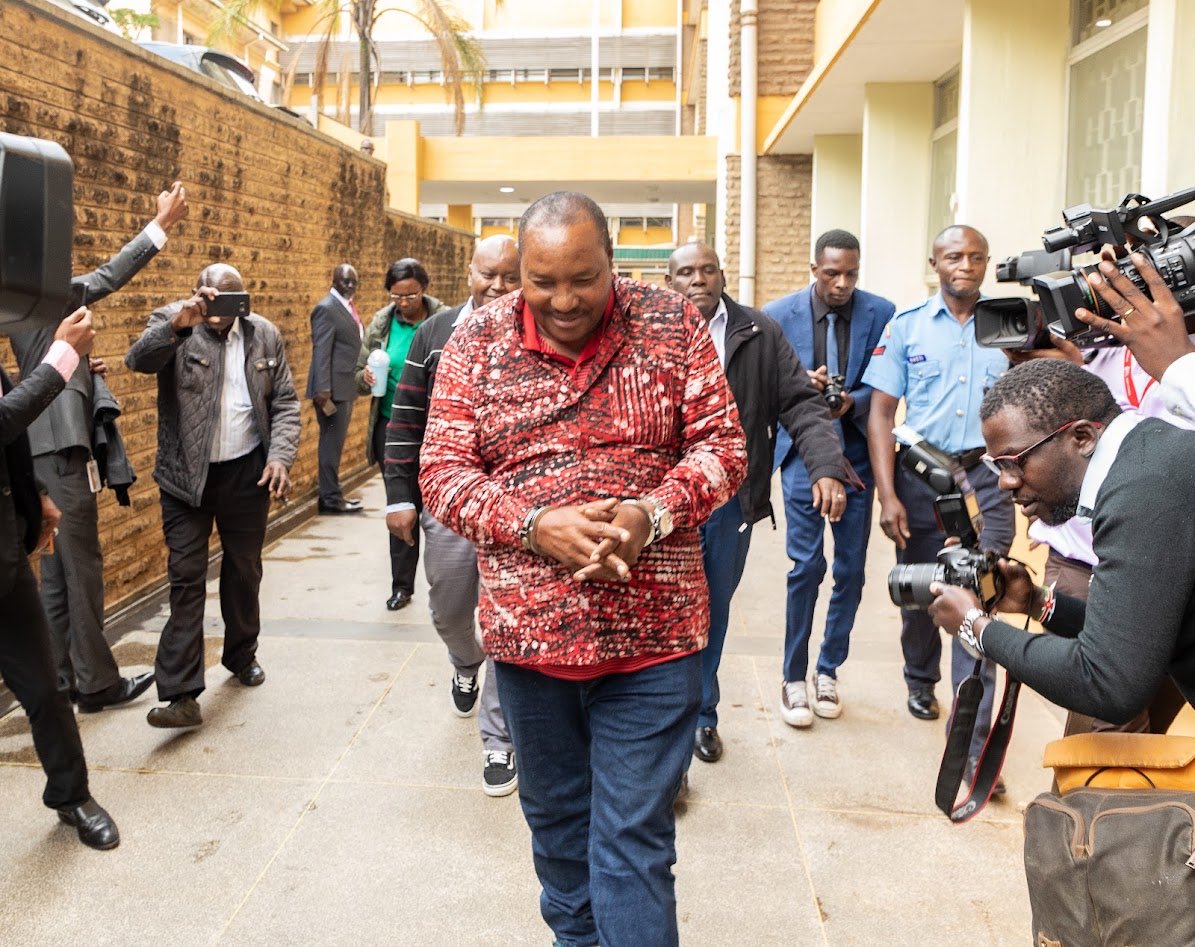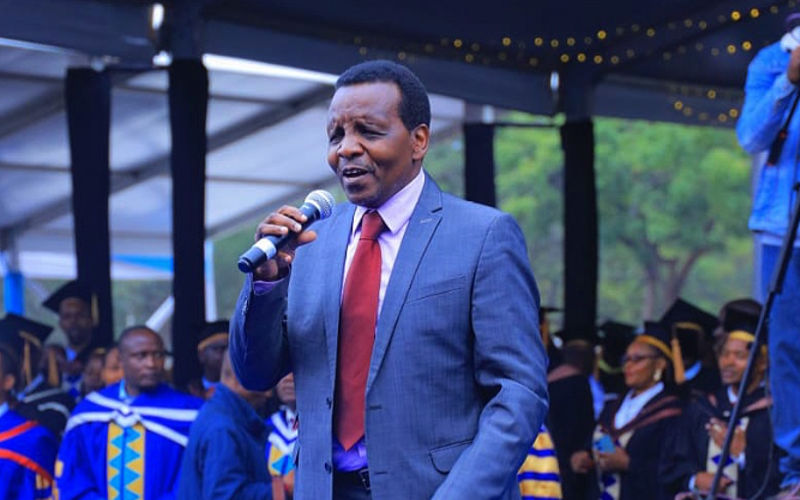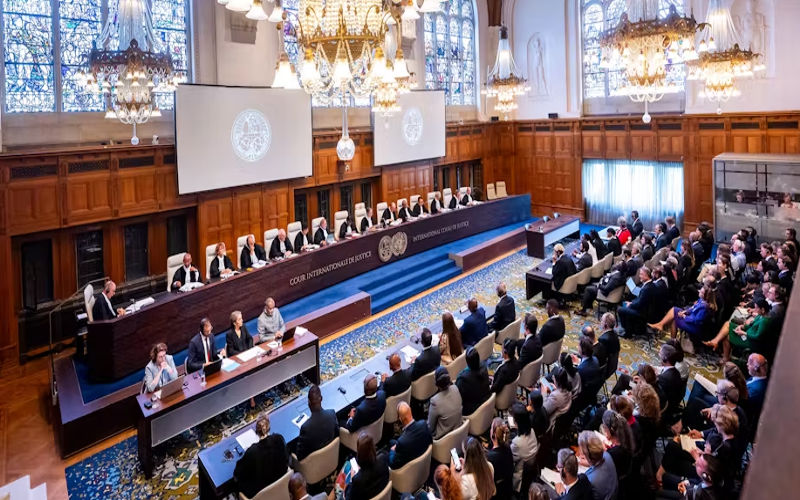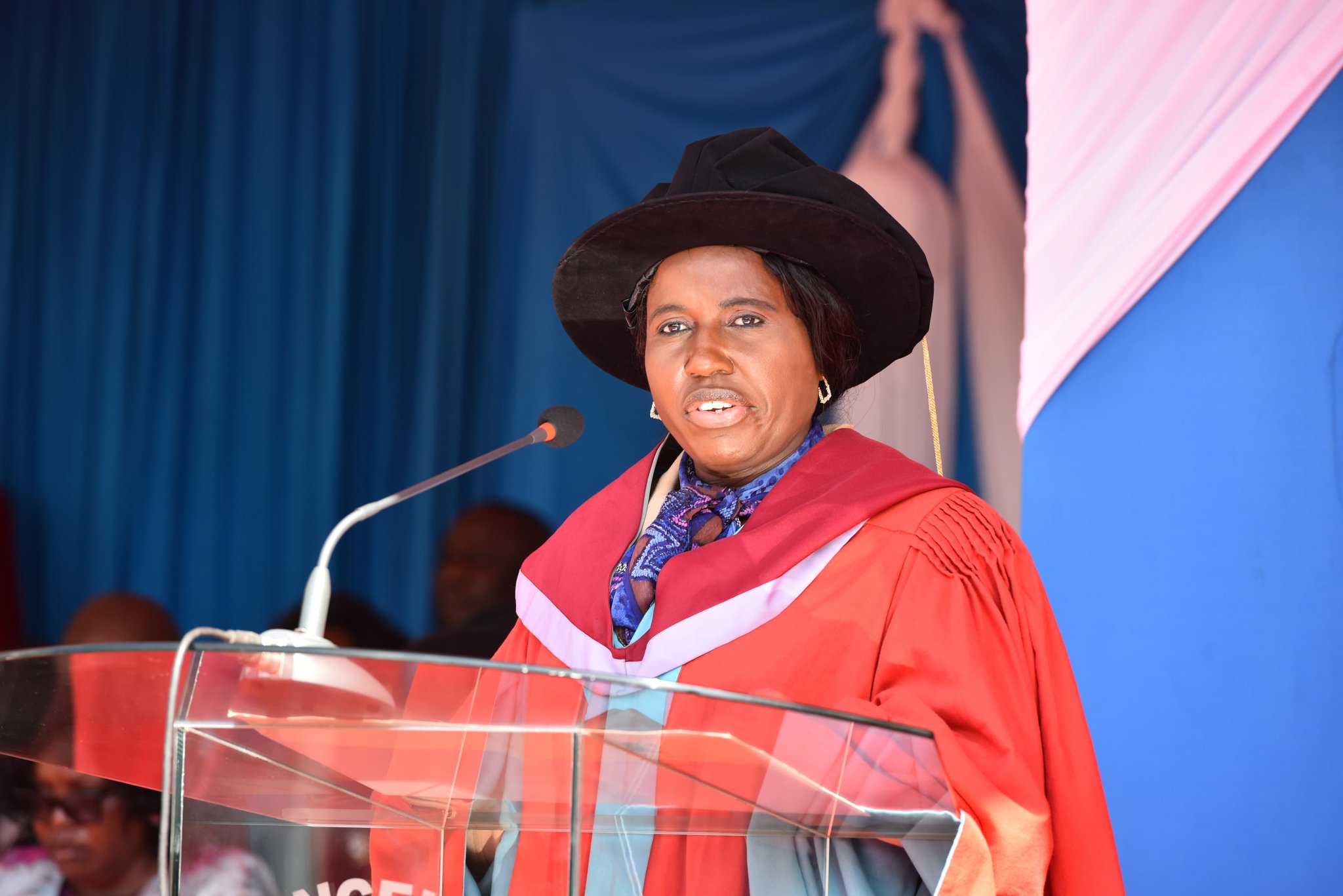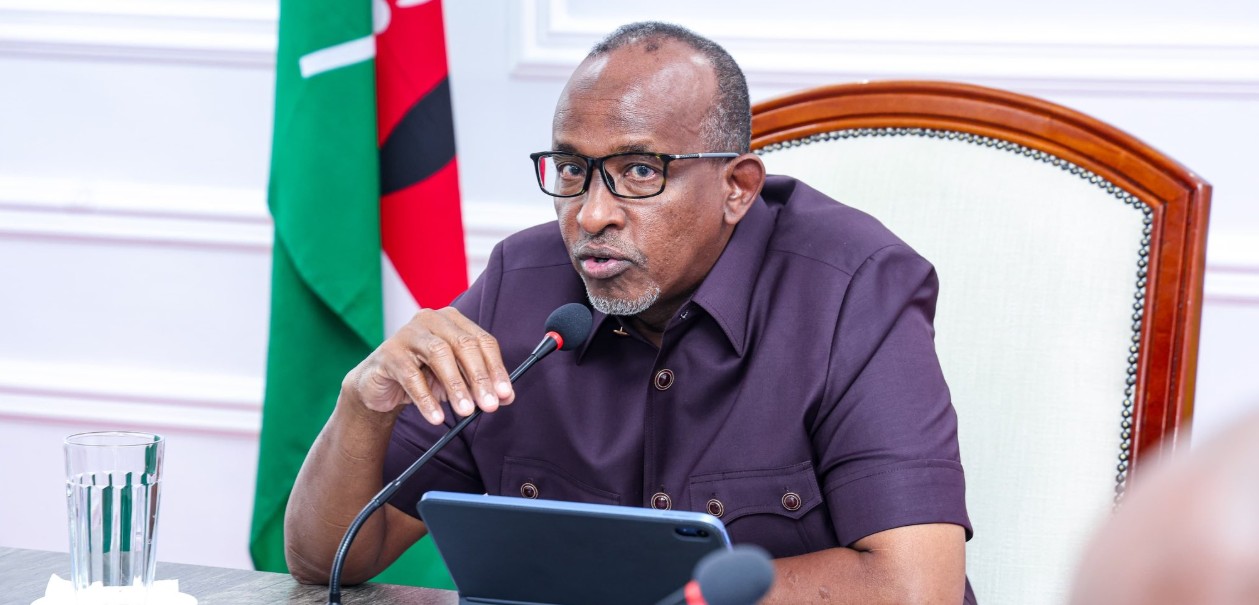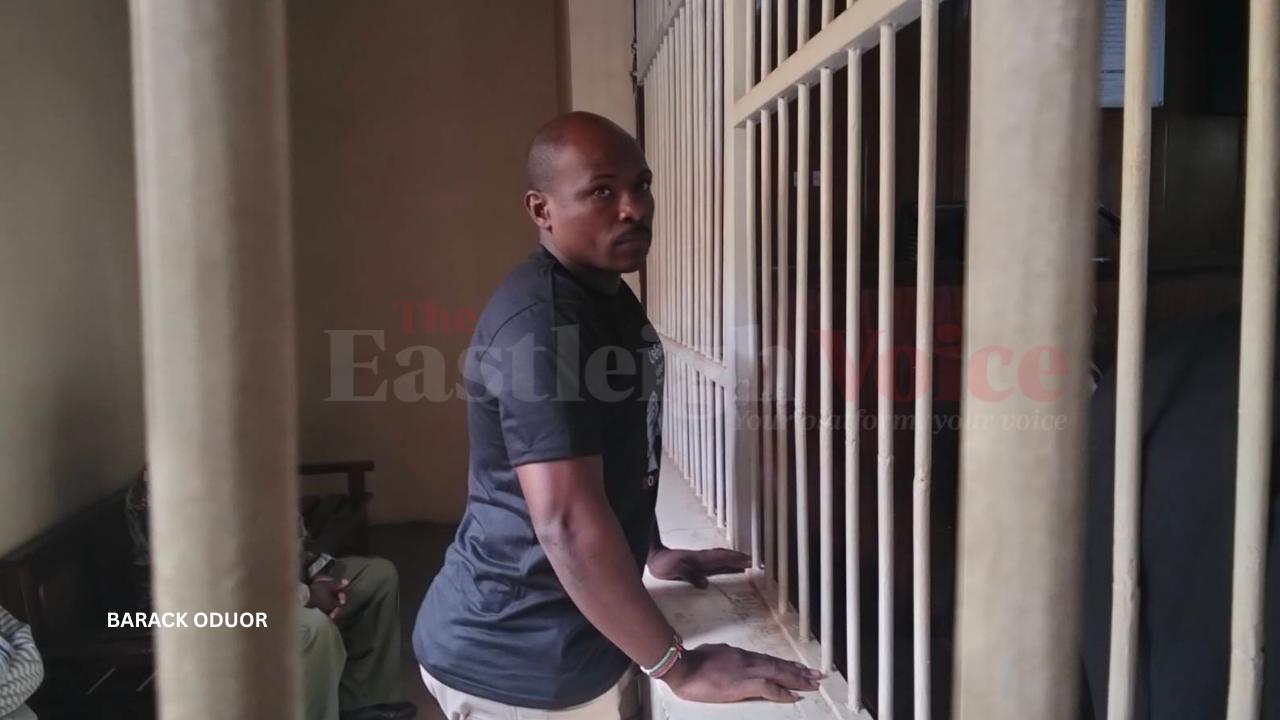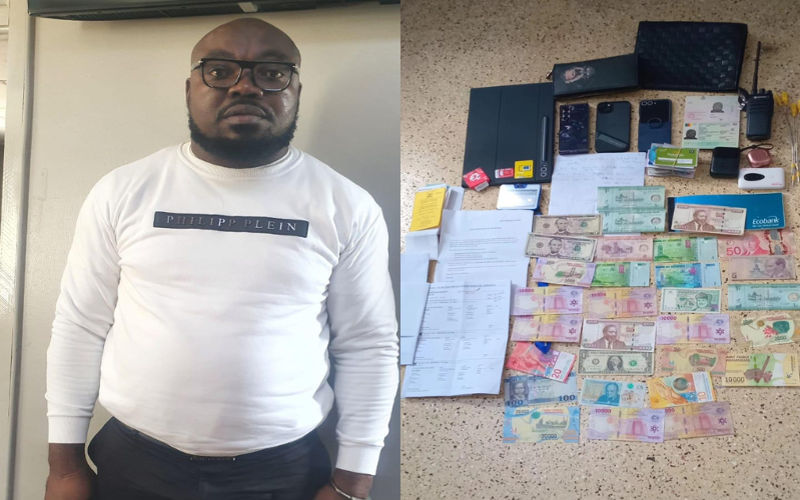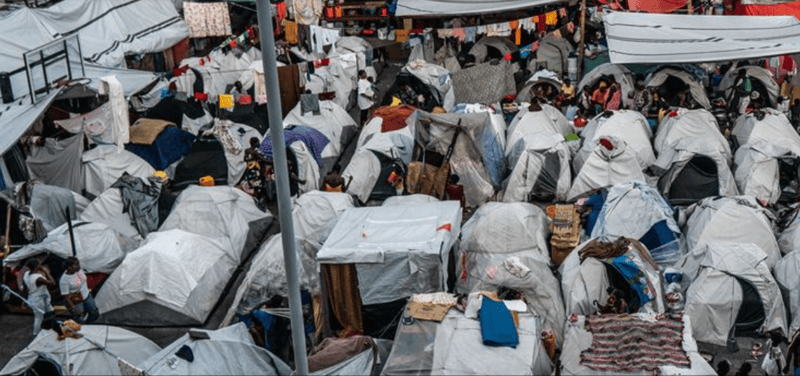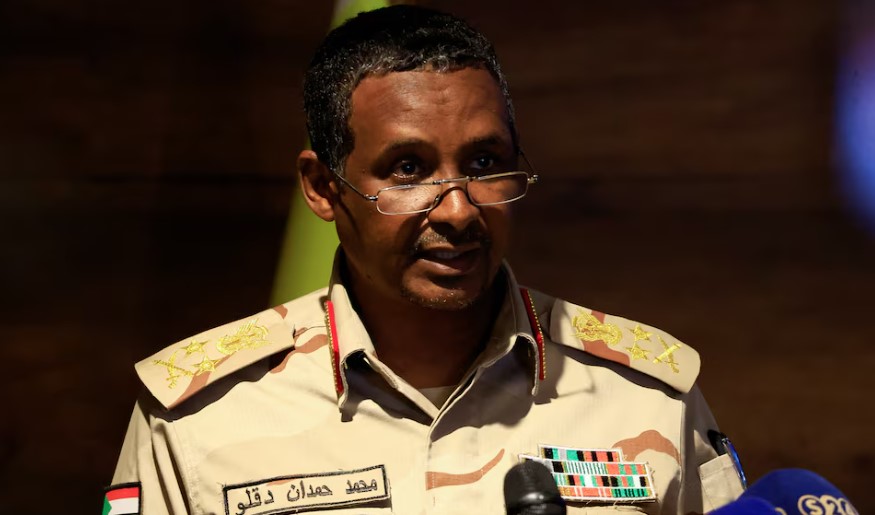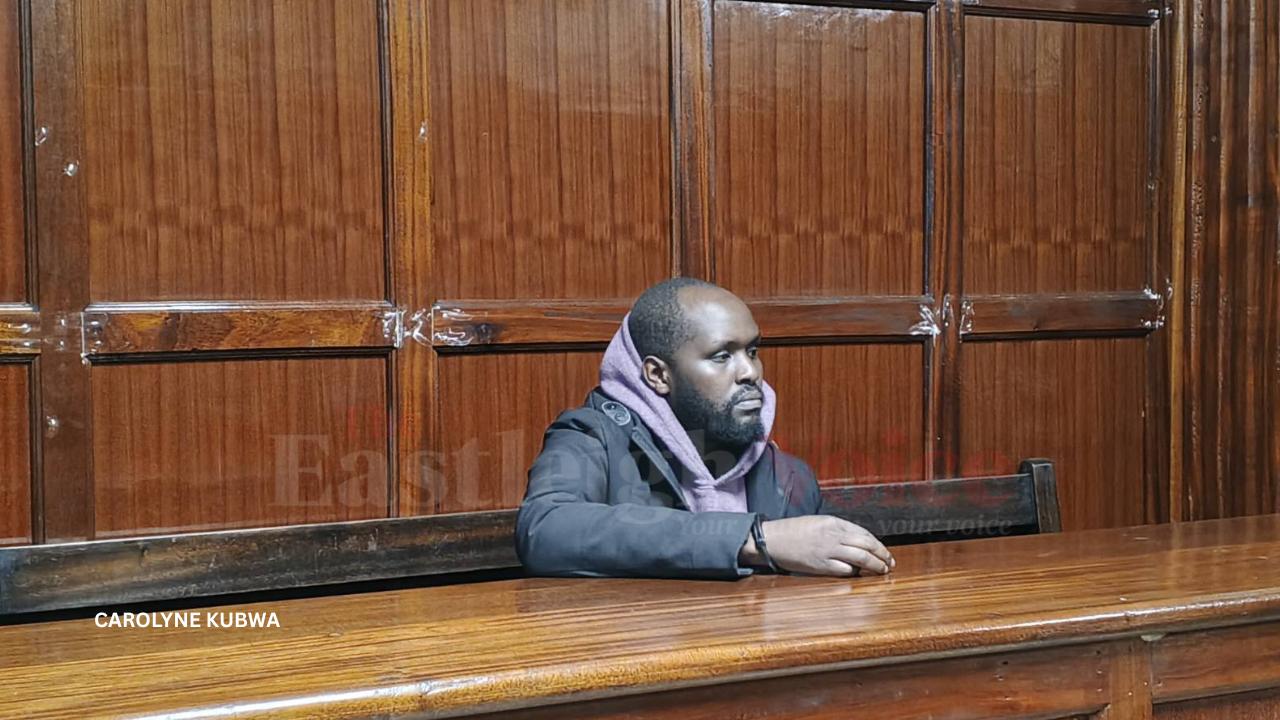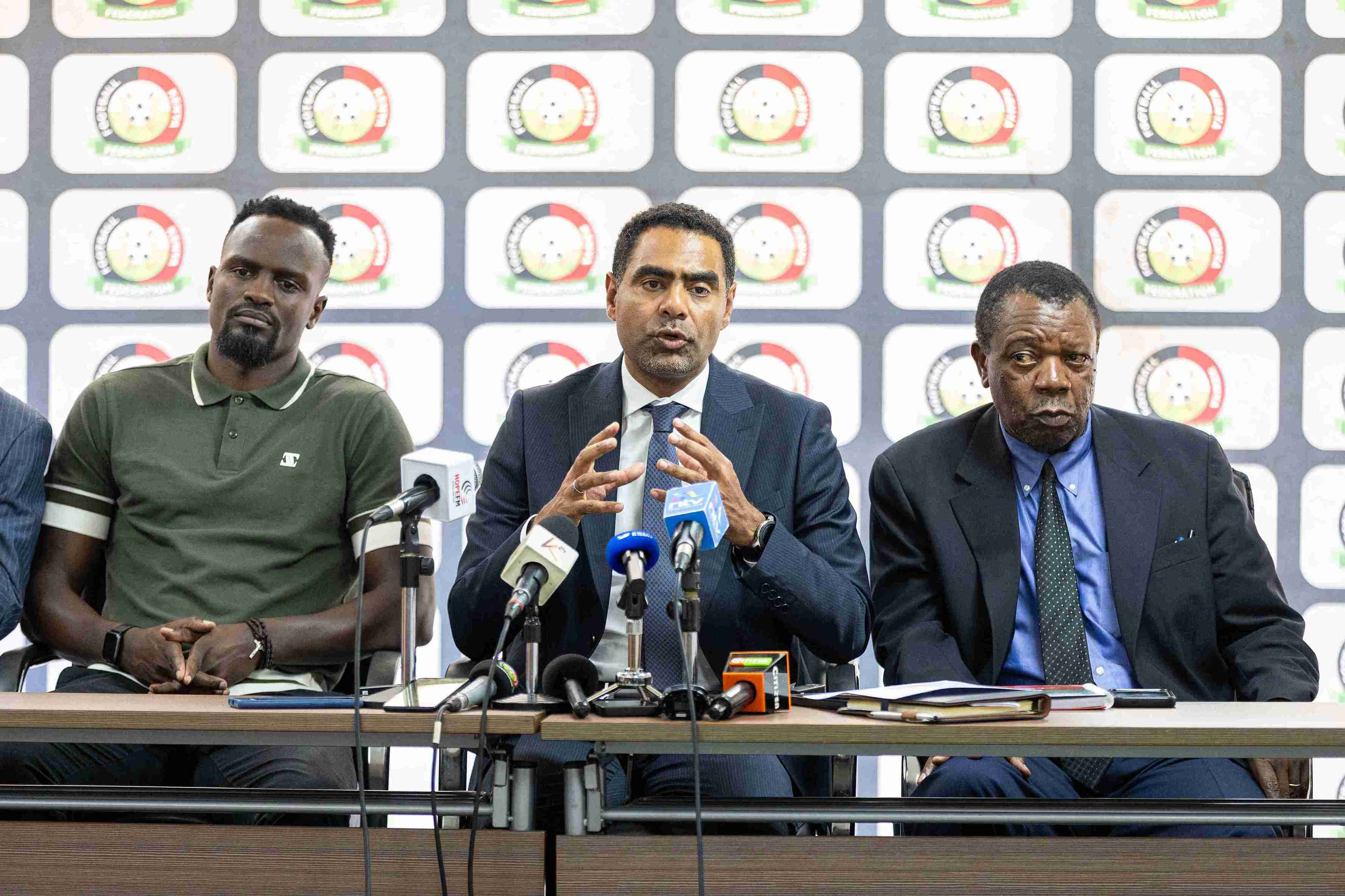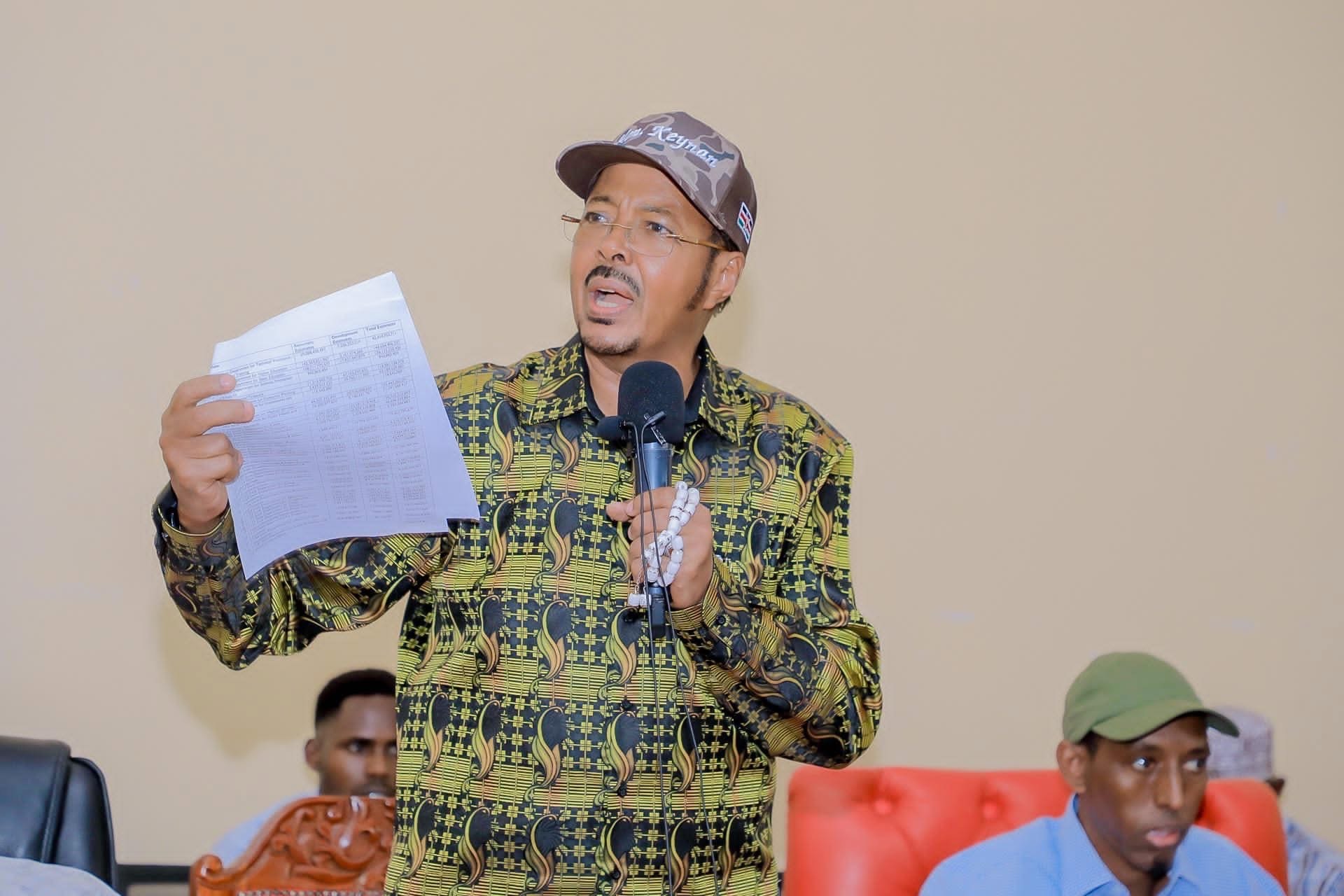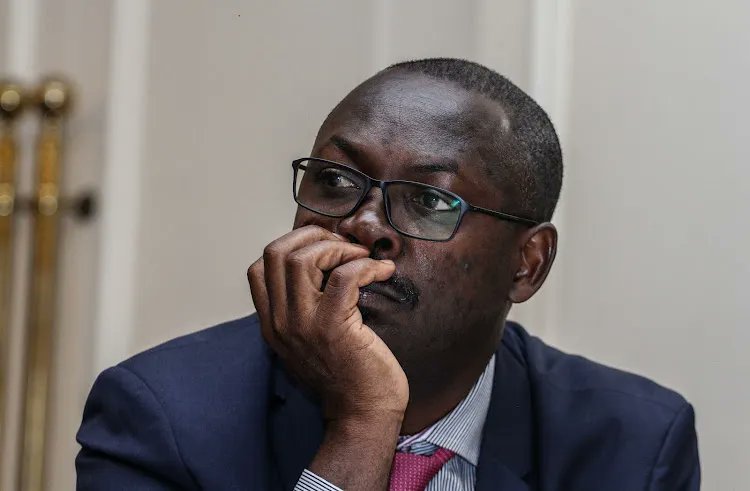Fears of new cult deaths in Kilifi as court allows DCI to dig up Chakama Ranch's suspected mass graves
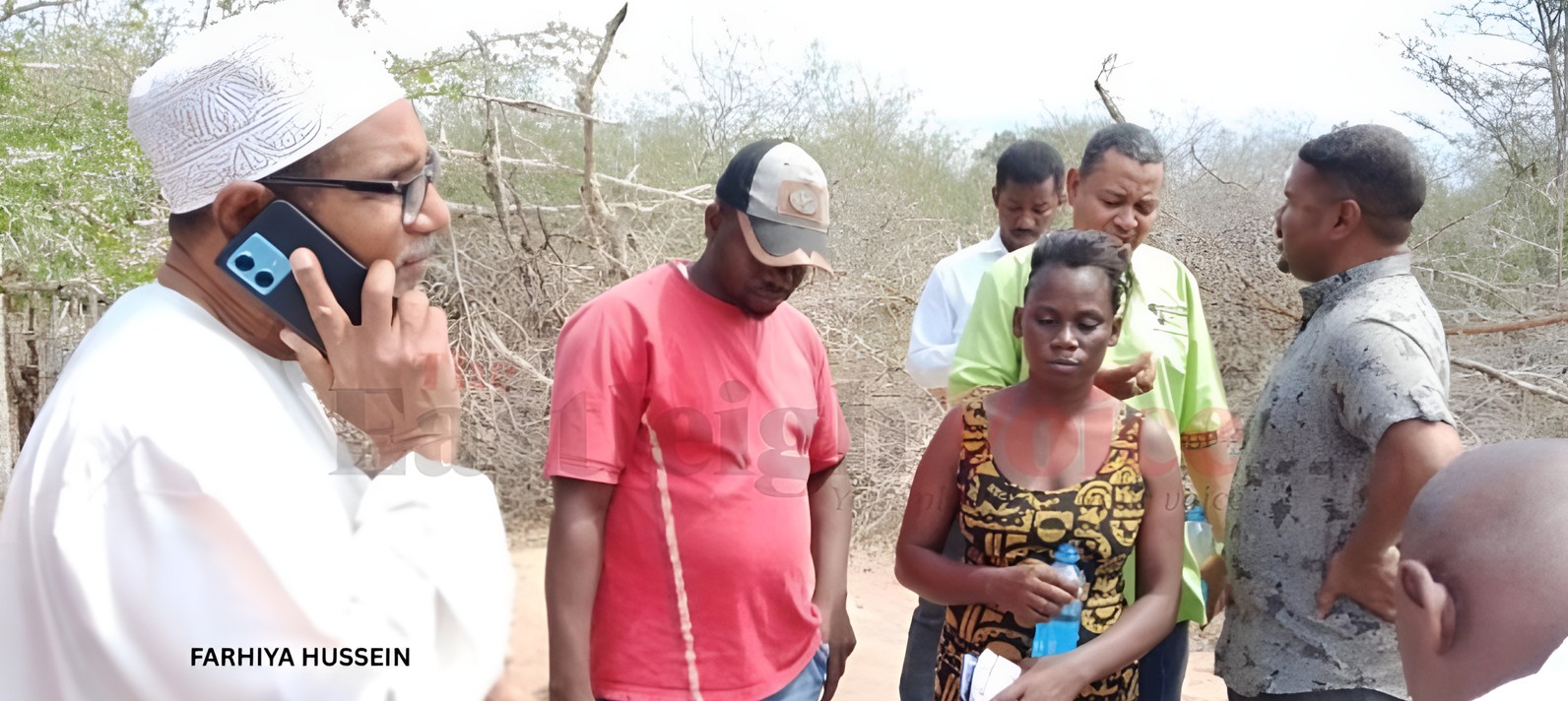
A Malindi court has now granted the Directorate of Criminal Investigations (DCI) permission to exhume more suspected mass graves in Binzaro village.
Two years after the Shakahola massacre shocked Kenya and drew global outrage, a new tragedy is emerging in the same region of Kilifi County. Chakama Ranch—where, in 2023, hundreds of followers of controversial preacher Paul Mackenzie were found dead—is once again in the spotlight.
A Malindi court has now granted the Directorate of Criminal Investigations (DCI) permission to exhume more suspected mass graves in Binzaro village.
More To Read
- Eight children feared dead as cult probe intensifies in Kilifi’s Chakama compound
- Court orders exhumation of bodies in Malindi's Binzaro Village amid cult fears
- Cabinet okays sweeping religious reforms amid fears of ‘Shakahola Two’ cult resurgence
- Court hears grim details from Shakahola teen cult survivor on forced starvation
- Shakahola survivor recounts starvation and beatings under Paul Mackenzie’s cult teachings
- Controversial preacher Paul Mackenzie denies link to new deaths, graves in Kilifi's Binzaro area
This development comes as more than 400 unclaimed bodies from the Shakahola tragedy still lie at the Malindi Sub-County Hospital mortuary.
With additional remains expected from Binzaro, the already overburdened facility faces a renewed crisis, raising urgent concerns about the government's preparedness, capacity, and failure to tackle the root causes of religious extremism and cultism.
“It is indeed shocking that we have another Shakahola about two years after the first one happened,” said Hussein Khalid, Executive Director of Vocal Africa.
“It is a very clear indication that the government did not take the necessary steps to understand the root cause of the Shakahola one so that they can do away with it. It is that failure that has now led to another Shakahola, where bodies are going to be exhumed. The DCI now has the nod to begin exhumation of Shakahola Two, and we must also bear in mind that over 400 bodies remain in the morgue in Malindi up to this point in time, over two years later.”
Incomplete Shakahola investigations
Khalid criticised the DCI for not completing investigations into the original Shakahola case.
“The government, particularly the DCI, has failed to finalise (investigations) on the Shakahola One. They have failed to finish up with the bodies that are there, and now we are saying that more bodies are likely to be taken there. So, for how long will we be piling bodies? Why can't the DCI ensure that those bodies that are there are followed up and buried where possible?”
He also pointed to other unresolved cases, such as the Kware pit, where exhumations never took place.
“This is what we are experiencing with the DCI—unresolved cases. This also reflects on Kware where no bodies were also exhumed from Kware pit, and this is the continuation of such unfinished cases that DCI is doing and continues to do up to this time,” he said.
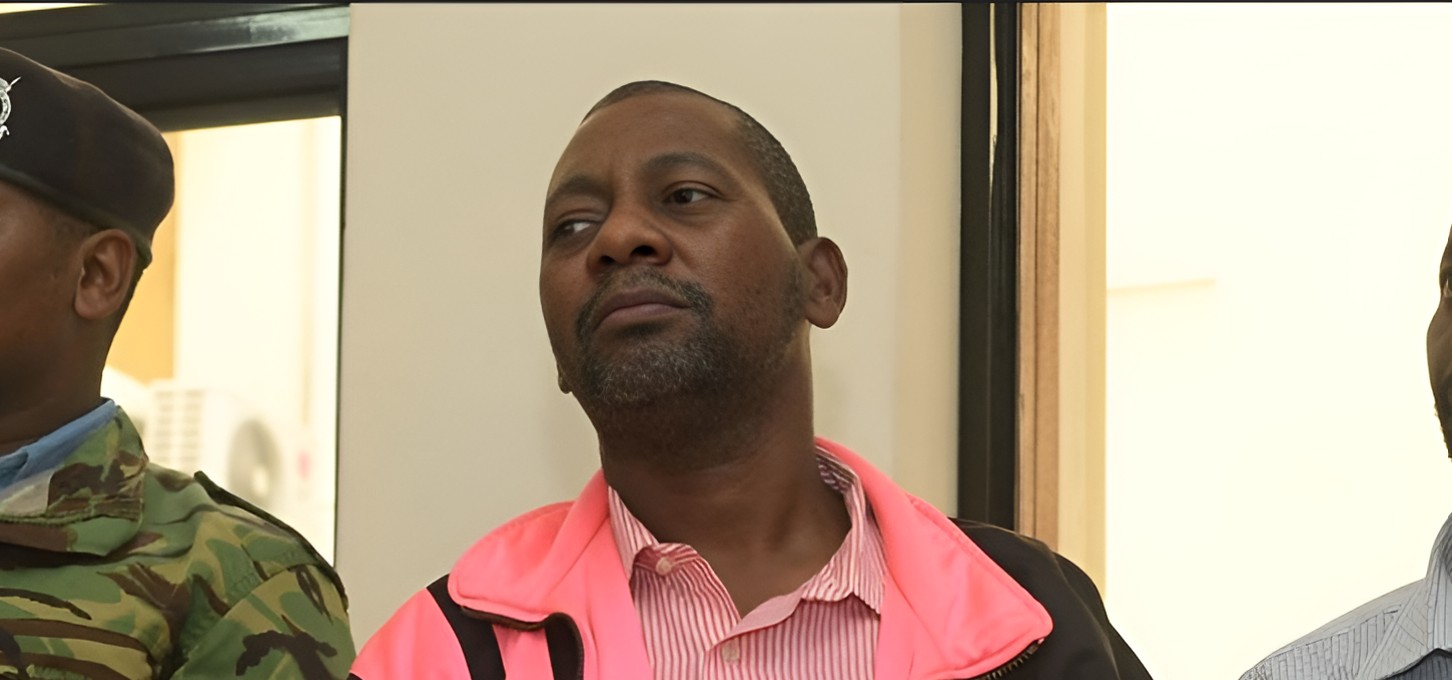 Paul Mackenzie, the preacher at the heart of the Shakahola cult tragedy. There are concerns that he continues to exert influence despite being held in a maximum-security prison. (Photo: File/ODPP)
Paul Mackenzie, the preacher at the heart of the Shakahola cult tragedy. There are concerns that he continues to exert influence despite being held in a maximum-security prison. (Photo: File/ODPP)
Superficial action
According to Hussein, the government's only visible response during the first Shakahola tragedy was transferring local officials, a move he called superficial.
“We are very disappointed by that because we have seen even with the new officers, Shakahola has come back again. We are seeing the recurrence of the exact same problem. So we have to be very vigilant as Kenyans and to tell the government that these cosmetic changes...are not going to help us. What we need to see is the government addressing the root cause of Shakahola...otherwise the problem will be recurring over and over.”
The DCI is now preparing to begin exhumations in Binzaro village following arrests linked to a suspected cult network.
Among those arrested are a husband and wife who had been rescued from the Shakahola cult in 2023, but who later disappeared and have now resurfaced as suspects in the latest case.
Their reappearance has deepened fears over the government’s failure to monitor and rehabilitate cult survivors.
“The court's decision to allow the exhumation of bodies at Binzaro Village raises concerns, especially considering the Shakahola massacre's aftermath,” said Francis Auma, Rapid Response Officer at Muhuri.
“As someone who witnessed the Shakahola tragedy, I recall the overwhelming number of bodies exhumed and the challenges faced by authorities in handling them. Even more disturbing is the revelation that among those arrested is a husband and wife, former victims of the Shakahola cult.”
Auma stressed that the issue goes beyond capacity and logistics, calling for the government to ensure the proper identification of victims, family notification, and dignity in handling the deceased.
“In Shakahola, over 429 bodies were exhumed, with 448 reported deaths as of June 12, 2024. The Malindi Sub-County Hospital's morgue was once overwhelmed, forcing search teams to halt digging until autopsies were completed on the first 90 bodies due to space constraints. Unclaimed bodies remain a pressing issue... It’s worrying that more bodies will be taken to Malindi Hospital, which might strain resources.”
He questioned whether Malindi Hospital is prepared for the next wave and demanded transparency.
“Will the exhumation and handling of bodies be done with respect and dignity... It is crucial that authorities prioritise transparency, accountability, and respect for human rights during this process. We call on all Kenyans to remain vigilant and to report any incidents of human rights violations, especially those that occur within religious institutions.”
Muhuri expressed solidarity with victims' families, saying, “We stand with them during this difficult time and urge all Kenyans to join us in promoting human dignity, equality, and justice for all.”
Meanwhile, concerns remain that Paul Mackenzie, the preacher at the heart of the Shakahola tragedy, continues to exert influence despite being held in a maximum-security prison.
“Mackenzie's case must be hastened, otherwise more will die out of his teachings. He has communication connections even in a maximum prison,” said Haki Africa Rapid Response Officer Mathias Shipeta.
“Kitawaramba was not just a comical phrase but a threat to all of us that he is untouchable. The government intelligence has failed us again, even as we exhume other bodies in Binzaro.”
Unburied bodies
Shipeta warned that without addressing the backlog of unburied bodies and accelerating DNA identification, the renewed exhumation process may be futile.
“The storage facility is full of Shakahola bodies. We must address the issue of DNA matching with bodies. Otherwise, this might just be a process in futility if we don't give bodies to victims' families.”
Human rights advocate Walid Sketty echoed these concerns, urging strict adherence to constitutional values and legal frameworks.
Quoting Article 10 (2)(a) and (c) of the Constitution of Kenya—on national values like transparency, accountability, and human dignity—he demanded civil society oversight of the exhumations, faster DNA processing, and decongestion of the Malindi morgue, in line with the Access to Information Act (2016), Public Health Act (Cap 242), and international health regulations.
“The Judiciary must expedite Paul Mackenzie’s case, treating it as a massacre case deserving urgent and fair judicial resolution under Article 50 of the Constitution,” Sketty said.
Failed the community
Human rights activist Mesaid Omar said that, as a human rights defender, she felt the institutions that had promised accountability and pledged to safeguard rights under Article 32 of the Kenyan Constitution had failed the community.
“The promises made by the government and the task force formed ended up gobbling millions of shillings, but lives continue to be lost under eerily similar circumstances, even though the warning signs were there. My call is to the government to not only stop at the investigation stage but also acknowledge systematic failures. Justice must be given to both present and past victims," she said.
In April 2023, authorities discovered mass graves in Shakahola forest, within Chakama Ranch, where followers of Paul Mackenzie had allegedly fasted to death under his direction.
Mackenzie's arrest sparked widespread calls for religious regulation and led to the formation of a presidential task force.
Yet more than 400 victims remain unidentified and unburied, as families continue to wait for DNA results and closure.
The resurgence of cult-linked deaths in the same area underscores serious enforcement and oversight gaps, leaving a community trapped in a cycle of grief, confusion, and unresolved tragedy.
Top Stories Today

